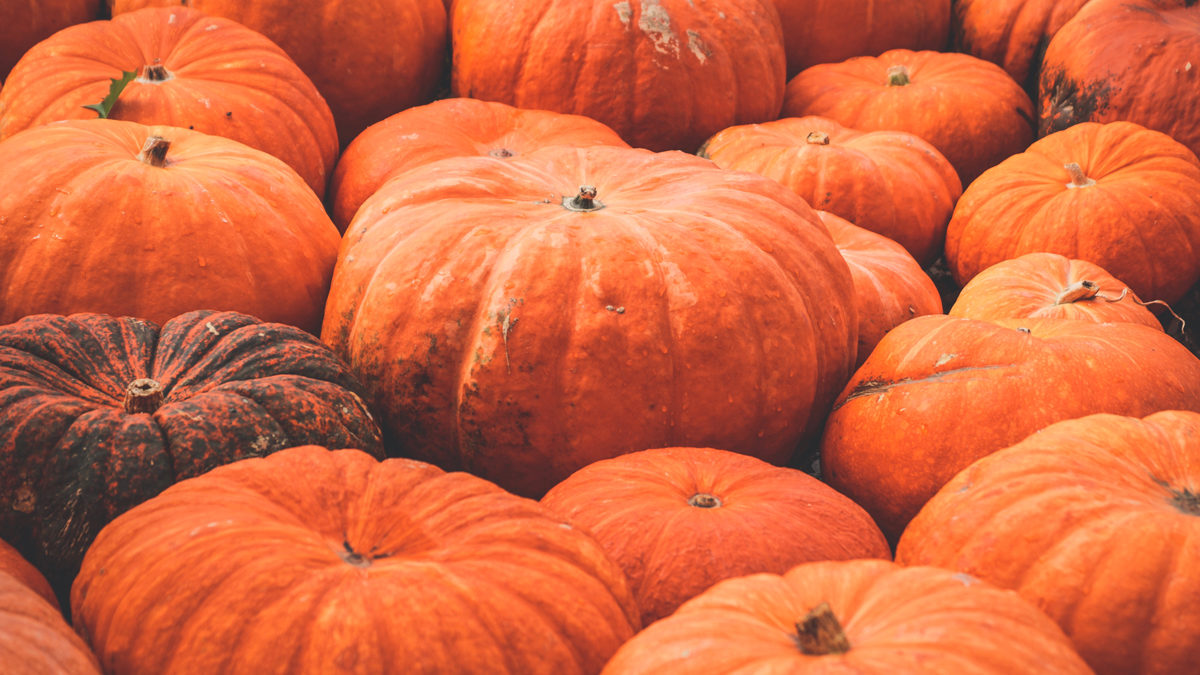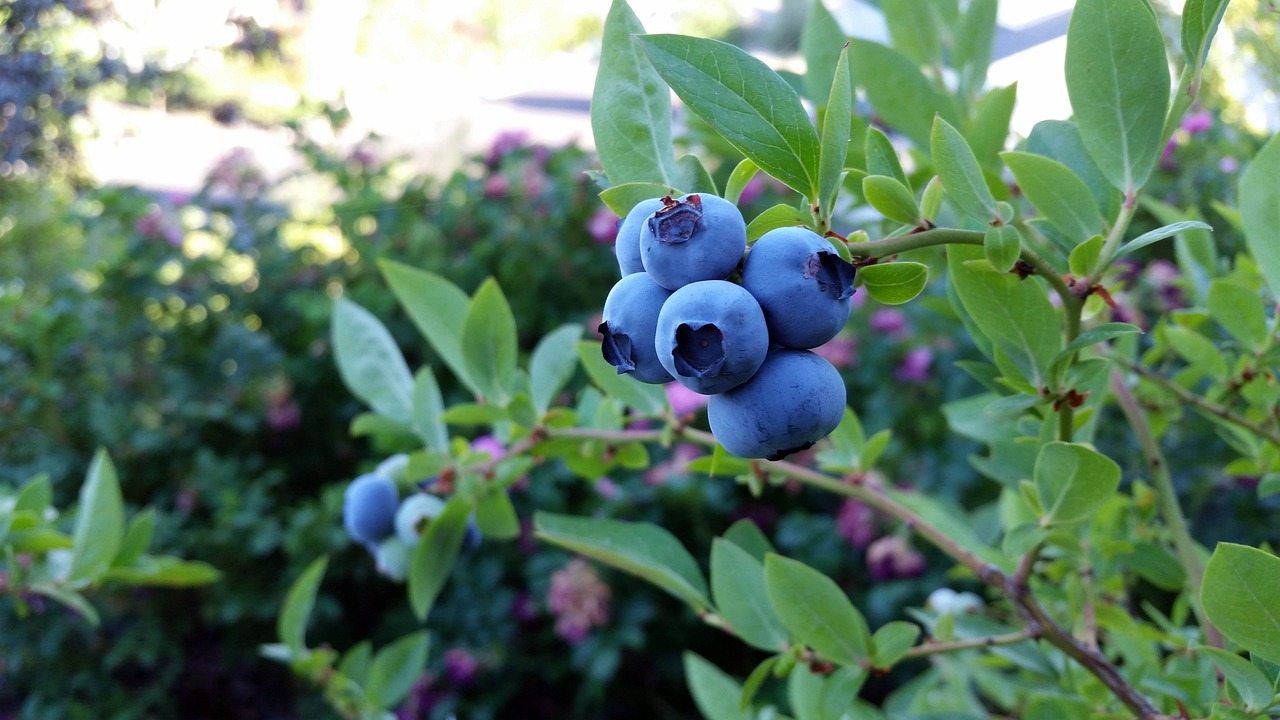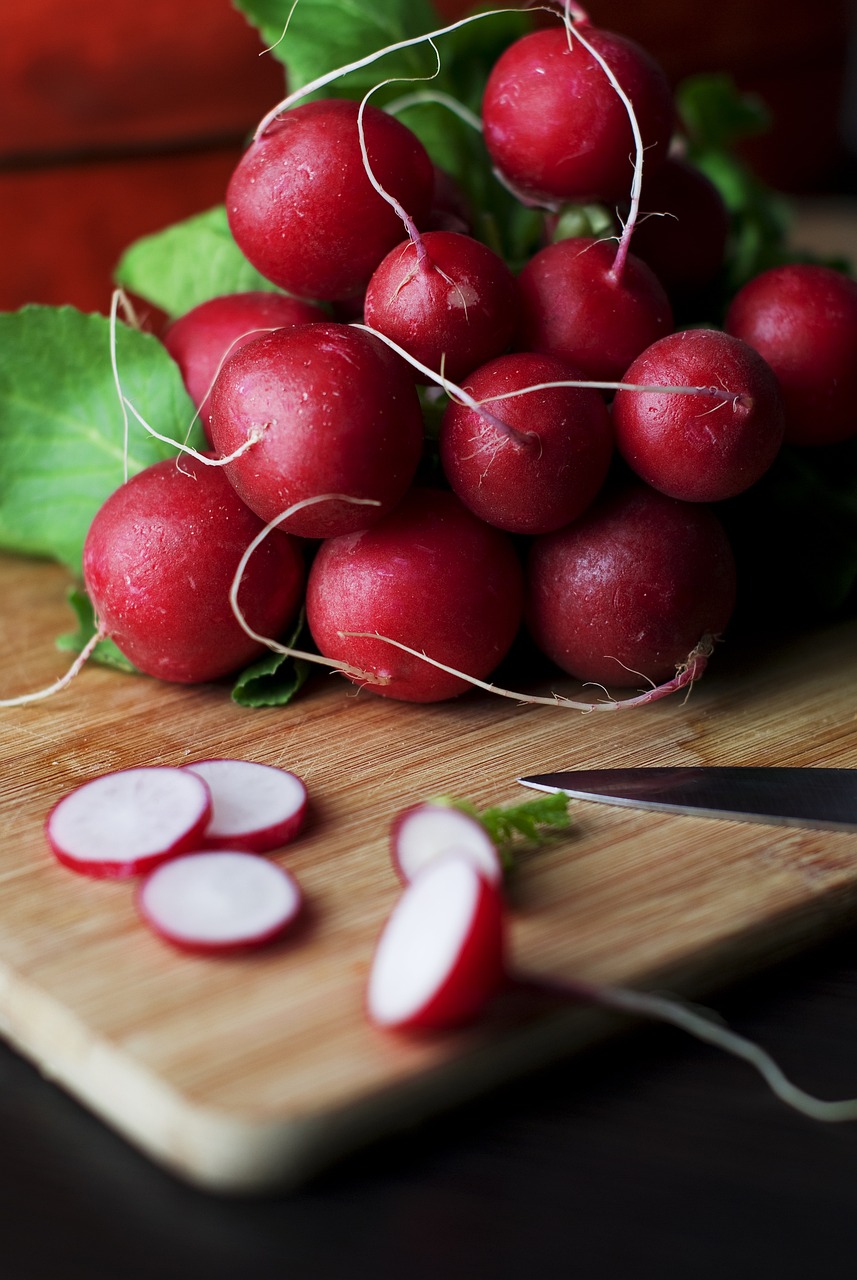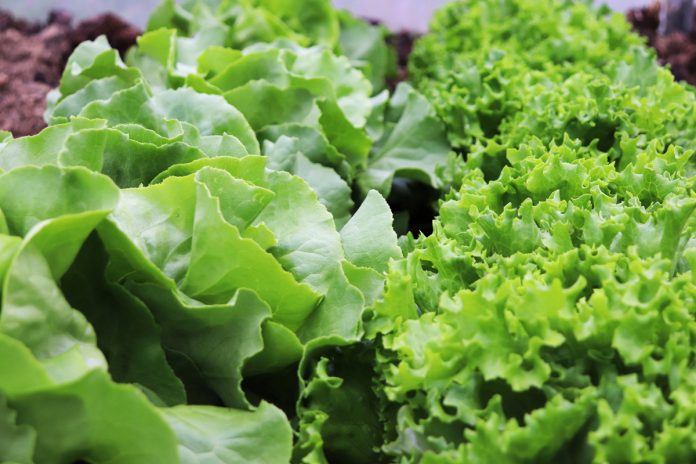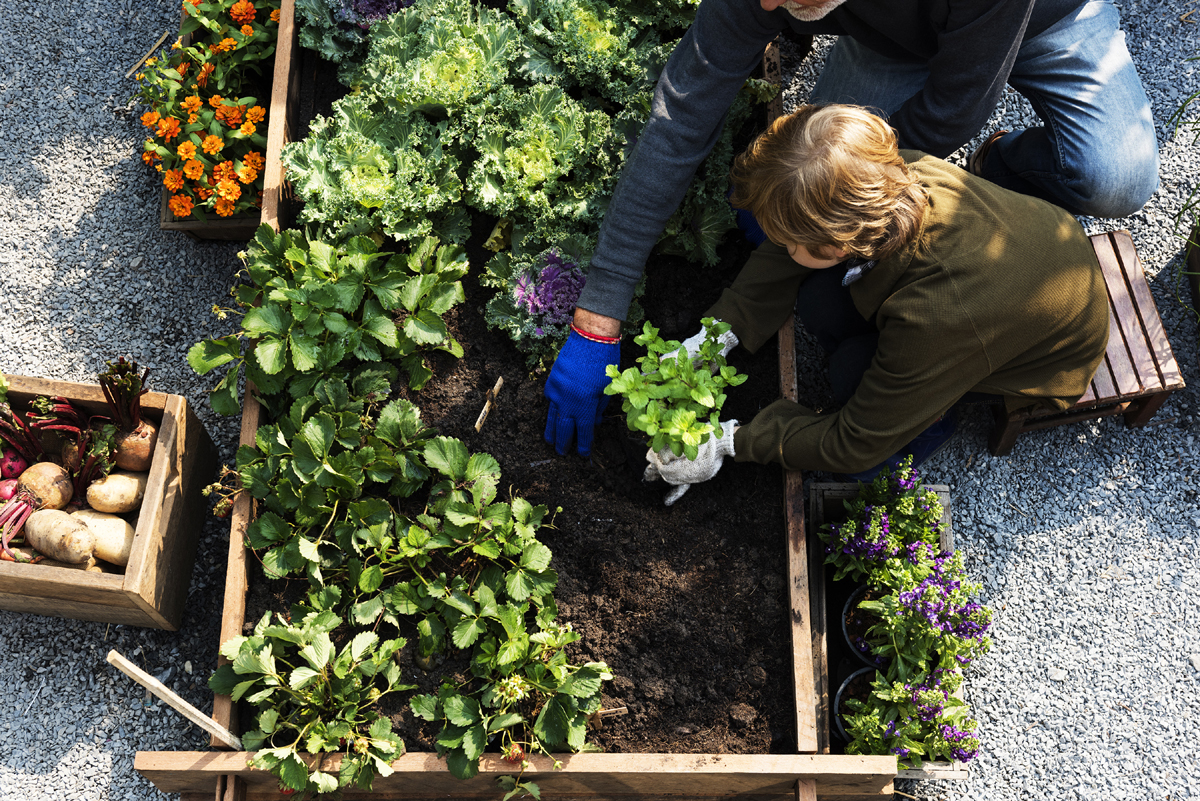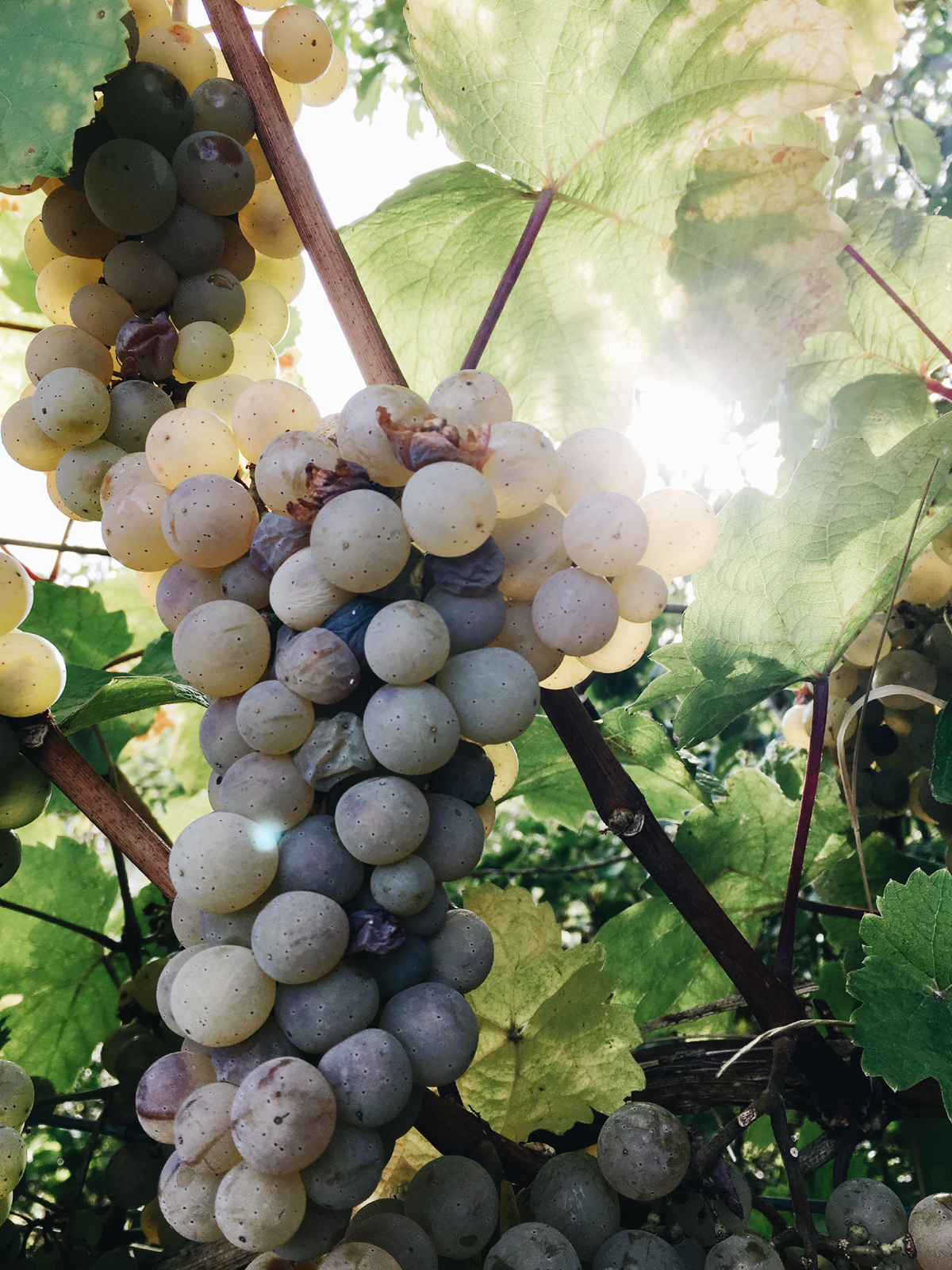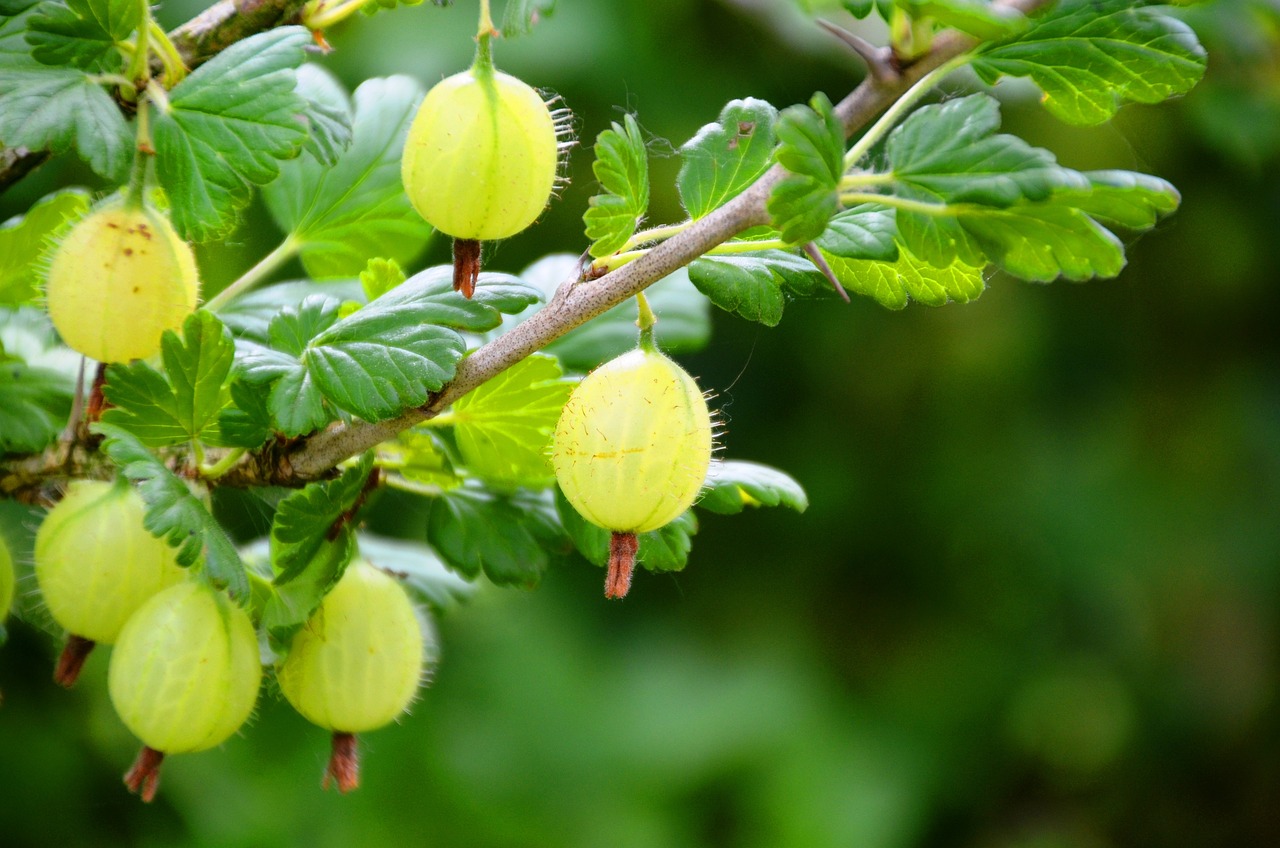5 Ways to Improve Your Own Survival Garden Yields
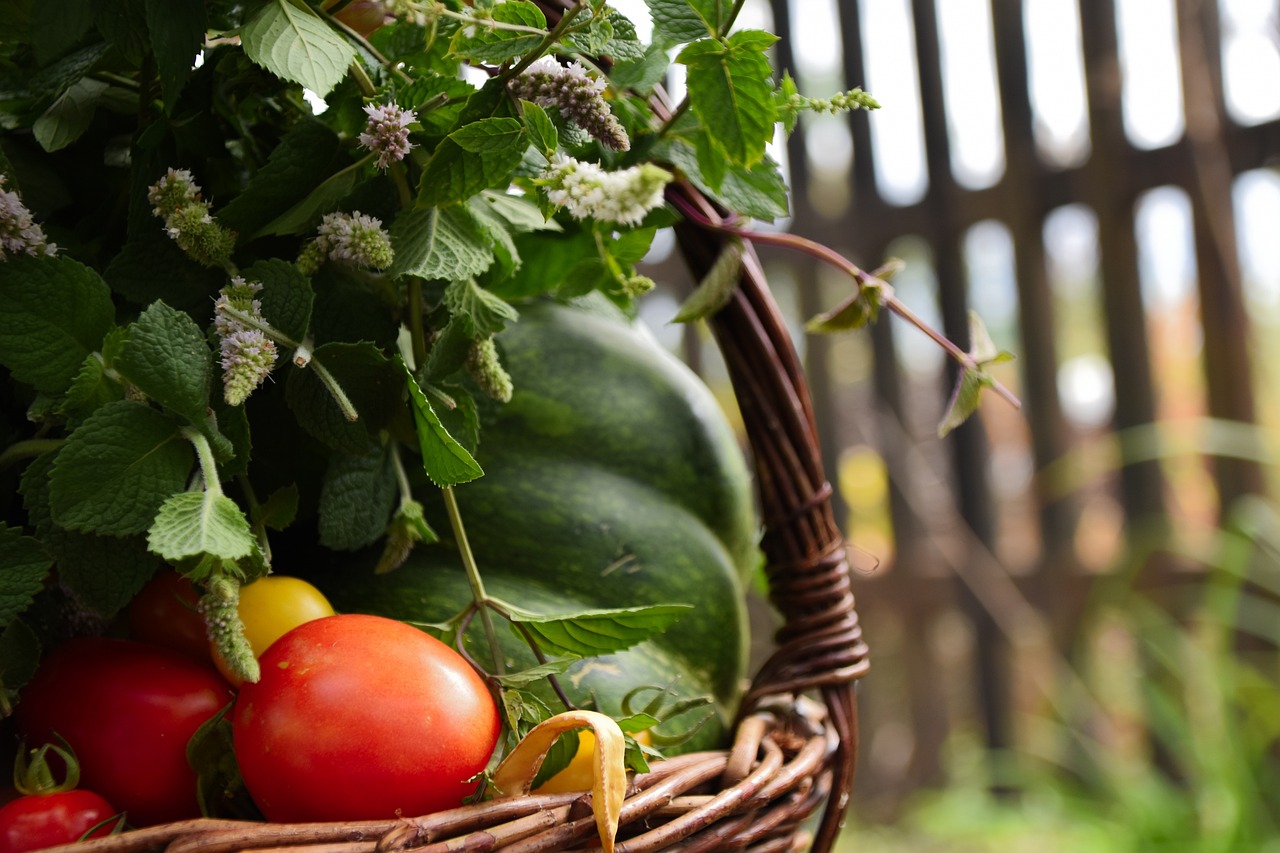
Survival gardens differ from backyard gardens in that they’re more about prepping for long-term survival and self-sufficiency. That’s why the yields of your survival garden is extremely important. The key is to maximize how much food is actually produced by the garden.
Here are five efficient ways to improve your survival garden’s yields:
1. Choosing Foods
Deciding which foods you’ll grow directly affects yields. You want to grow staple foods, which are those you can actually live on, long-term. Every staple food will provide a sufficient amount of at least one of these three macronutrients:
• Fat
• Protein
• Carbohydrates
The foods you choose to grow for survival should be high in protein and carbs. Here are some good choices for high-carb foods for your survival garden:
• Amaranths
• Quinoas
• Potatoes
• Corn
Below are some common choices for survival garden foods that are high in protein:
• Dry beans
• Soybeans
• Pumpkin seeds
• Peanuts
2. Spacing Your Plants
Good plant spacing increases yields in a survival garden. What is plant spacing? It’s the distance in between the various plants within a row, as well as the distance between your garden rows themselves.
Choosing the best spacing for your survival garden will be based on trial and error. Sure, you’ll find data in regards to spacing research. But, in order to have the best yield possible, you may need to adjust the numbers in the research report you choose to follow. For example:
• If your soil has been turned over 2-feet deep or more, you should space your plants a bit closer together.
• If you’ve tilled your soil by less than 2-feet deep, it will be best to space your plants a bit further apart.
• The looser and richer the soil, the closer your plants should be spaced.
3. Transplanting
Transplanting is a gardening technique that tends to produce better yields. Here’s how it works:
• Grow your plants in small cups or in a specified area of your survival garden.
• At a week or two, transplant the seedlings over to the larger area of your garden.
• Note: Using this approach gives you the ability to be precise with the way you space the plants.
4. Fertilizer
Commercial fertilizer may not be the organic way of feeding your plants. However, a good inorganic fertilizer can typically double yields, even triple them, when compared to yields using organic fertilizer.
5. Watering Properly
The amount of water your crops get directly affects yields. If your crops don’t get enough water, yields will decrease. And, the same rule applies for over-watering your crops, even the super-thirsty ones.
One example of this is rice, which is such a thirsty plant that it enjoys being submerged in water. Yet, according to research, you’ll get better yields if you thoroughly water your rice plants, then simply let them dry out naturally. Here’s a very effective watering technique:
• Allow your soil to completely dry out. The soil on top of the surface should be so dry it cracks, allowing natural air to get to your plants’ roots.
• Thoroughly water your crops again. Then, let them completely dry out again.
Alternating between watering thoroughly and drying completely is an effective process for improving yields in your own survival garden.
The Author:
Dailybread_com
For maximum yield of crops, trying companion planting. Companion planting can help boost the growth of plants, some can alter the flavor by infusing some of its own essence into the other plants, eg. tomato and basil. And the companion plant can help deter invasive insects.

